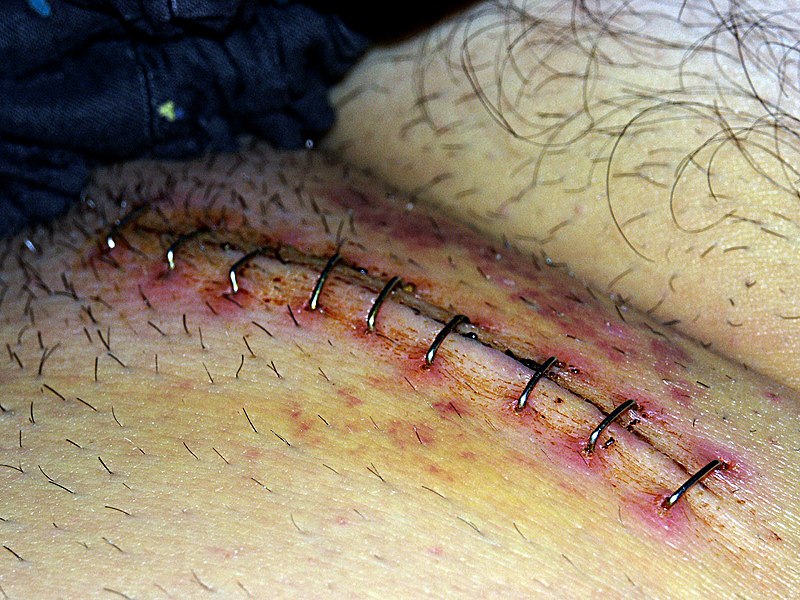The hernia means a protrusion of a body tissue through a wall of a cavity due to weakness in the abdominal wall.
The peritoneum protrudes through the opening and this defect causes a bulging of the abdominal wall.
The patient with abdominal hernia complain of pain ,tenderness and swelling in the abdomen in the groin area.
-->
And this is educational Hernia Repair Inguinal:
We hope that topic interesting
Regards
-->The peritoneum protrudes through the opening and this defect causes a bulging of the abdominal wall.
See this video about hernial repair with mesh:
The patient with abdominal hernia complain of pain ,tenderness and swelling in the abdomen in the groin area.
Herniotomy:
Removal of hernia sac without any repair of the inguinal sac.
hernioplasty:
herniotomy is combined with a reinforced repair of the posterior inguinal canal wall with autogenous (patient's own tissue) or heterogeneous material such as prolene mesh
The different types of abdominal hernias are:
Epigastric, umbilical, incisional, lumbar, internal, inguinal, hiatal, and Spigelian hernias
This video explain Direct and Indirect scrotal hernia
Regards



 6:44 AM
6:44 AM
 Unknown
Unknown


